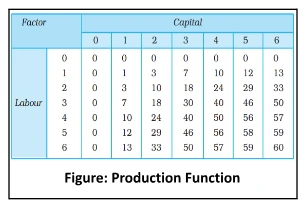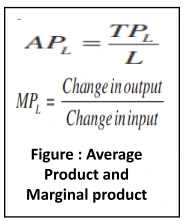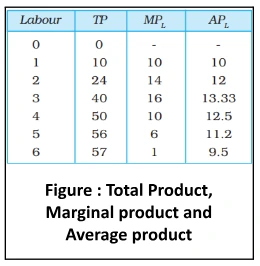![]() 29 Nov 2023
29 Nov 2023
Production is the process by which inputs are transformed into ‘output’. Production is carried out by producers or firms. A firm acquires different inputs like labour, machines, land, raw materials etc. It uses these inputs to produce output.
In this chapter, we will discuss the relationship between inputs and output and the cost structure of the firm to identify the output at which the firm’s profits are maximum.
The Cost of Production, Revenue, and the Firm’s Objective: Profitability with Factors of Production
|




<div class="new-fform">
</div>